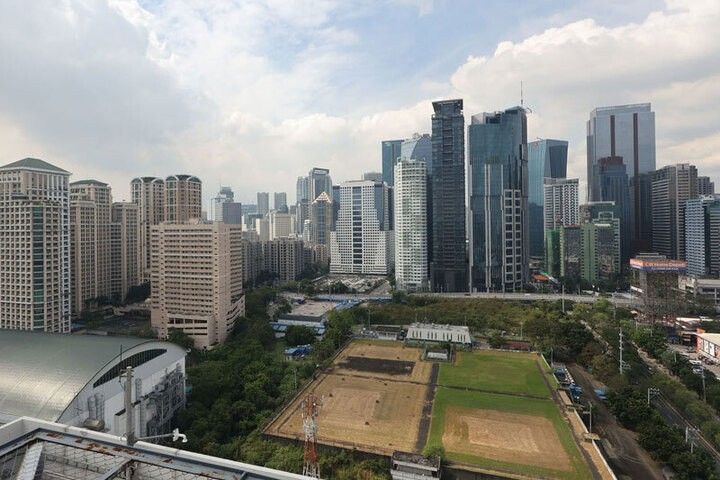World Bank expects faster growth for Philippines this year

MANILA, Philippines — Economic growth in the Philippines is projected to be faster this year than in 2023, but the pace will be lower than the government’s target, the World Bank said in a report.
The multilateral lender’s Global Economic Prospects report for January 2024 showed gross domestic product (GDP) growth in the Philippines is expected at 5.8 percent this year from an estimated 5.6 percent growth in 2023.
The World Bank’s economic growth forecasts for the Philippines for 2023 and 2024 are also below the growth goals set by the government.
For this year, the Marcos administration is aiming for a 6.5 to 7.5 percent growth, revised from the previous target of 6.5 to eight percent.
For 2023, the government’s growth target is at six to seven percent.
If the World Bank’s growth forecast for the Philippines for this year is realized, the country would be the fastest growing economy in Southeast Asia along with Cambodia, which is also projected to post a 5.8 percent growth this year.
In other Southeast Asian countries, the World Bank expects growth of 4.9 percent in Indonesia; Laos, 4.1 percent; Malaysia, 4.3 percent; Myanmar, two percent; Thailand, 3.2 percent and Vietnam, 5.5 percent.
In the third quarter of 2023, the Philippine economy expanded by 5.9 percent, faster than the 4.3 percent growth in the second quarter. This brought GDP growth in the January to September period to 5.5 percent.
National Economic and Development Authority Secretary Arsenio Balisacan earlier said the economy needed to post a 7.2 percent growth in the fourth quarter to meet the lower end of the government’s growth target for 2023.
For 2025, the World Bank is forecasting a 5.8 percent growth for the Philippines.
This is unchanged from the forecast the multilateral lender gave last December, and also falls below the government’s 6.5 to eight percent target for that year.
The World Bank said solid domestic demand, particularly private consumption, is expected to be the main driver of growth in East Asia- Pacific economies excluding China.
“Modest inflation, and in many cases robust labor markets supported by buoyant services activity, are anticipated to sustain household spending,” the World Bank said.
In addition, it said increased government spending on social protection and public sector wages would also support demand.
The World Bank expects investment growth to be more subdued, however, and to fall short of pre-pandemic averages in most economies due to the lagged effects of monetary policy tightening, policy uncertainty and rising indebtedness.
In terms of the global outlook, the World Bank expects growth to slow to 2.4 percent this year from 2.6 percent in 2023.
“Global growth is expected to slow to 2.4 percent in 2024 – the third consecutive year of deceleration – reflecting the lagged and ongoing effects of tight monetary policies to rein in decades-high inflation, restrictive credit conditions, and anemic global trade and investment,” the World Bank said.
- Latest
- Trending




























